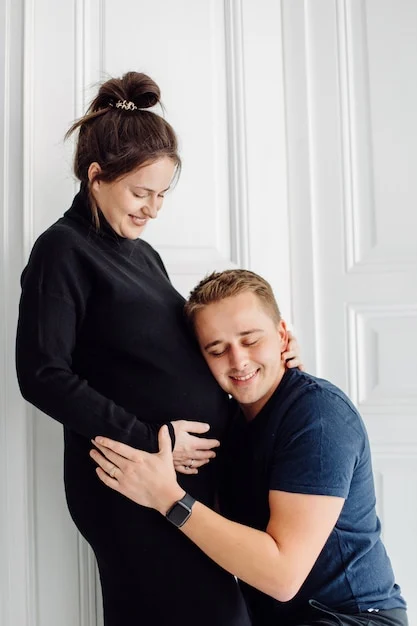In recent years, discussions surrounding gender identity have become increasingly prevalent. Terms such as gender fluid, transgender, and gender non-conforming are now part of everyday conversations, thanks in part to celebrities and public figures who are openly sharing their transitions and experiences. These dialogues are crucial, particularly as they help normalize discussions around gender identity issues for children and their families.
As a parent, I find myself immersed in this complex landscape. My daughter, who does not adhere to traditional gender roles, is at the center of these discussions for me. I want to support her in a society that can often be unkind and judgmental, but I also grapple with my own fears and uncertainties.
From the moment I was pregnant, I instinctively sensed I was having a girl, but I also felt she would not fit the mold of a typical girl. I opted for neutral colors at her baby shower and avoided overly feminine toys and clothing. As she grew, it became apparent that she had little interest in dolls or dresses, favoring trucks and cars instead. I convinced myself that this was just a phase, a common trait among young girls.
However, as she approached her fourth birthday, her preferences became increasingly clear. She began to express her dislike for anything traditionally associated with girls, opting instead for blue and other non-feminine colors. By the time she was five, she was adamant about her clothing choices, favoring boys’ attire and forming friendships primarily with boys.
Now at six, my daughter is often mistaken for a boy in public, and she has expressed a desire to change her name to something more masculine. While I have never taken issue with transgender individuals or those who identify outside traditional gender norms, facing this reality as a parent is daunting. Society can be harsh, and I worry about the challenges my daughter may face as she grows up.
When a cashier referred to her as “buddy,” she smiled and responded, “It doesn’t hurt my feelings when people call me a boy. I like it.” Her comfort with her identity is both heartwarming and concerning. I find myself questioning whether this is a choice or an inherent aspect of who she is. It’s essential to understand that my daughter did not choose this path; it is simply a part of her identity.
I don’t want her to struggle with acceptance or face bullying for being different. While some may argue that this is a phase, I have seen no signs that it is. At this time, I’m not labeling her; she is merely my child, navigating her unique experience in a world that can be unforgiving.
As a parent, I experience a mix of sadness and fear. I mourn the loss of the traditional experiences I imagined, such as dress-up games or shopping for prom dresses. Yet, amidst these feelings, my love for her remains unwavering. She is kind, nurturing, and proud of who she is.
We are fortunate to have a supportive network of friends and family. Her best friend, a five-year-old boy, accepts her without question, and I see the beauty in their friendship. If only society could learn from the openness of children—acceptance should be the norm.
To anyone reading this, I urge you to embrace acceptance and open-mindedness. My daughter, along with countless others, deserves a world where she can be herself without fear. For more information on navigating these complex issues, you can consult resources like Medical News Today for insights on fertility and gender identity. Additionally, check out our other blog posts for further support and guidance on similar topics.
In summary, parenting a child with a non-traditional gender identity can be a challenging and emotional journey. While I have my fears and uncertainties, my love for her is steadfast, and I remain committed to advocating for her and others in similar situations.
